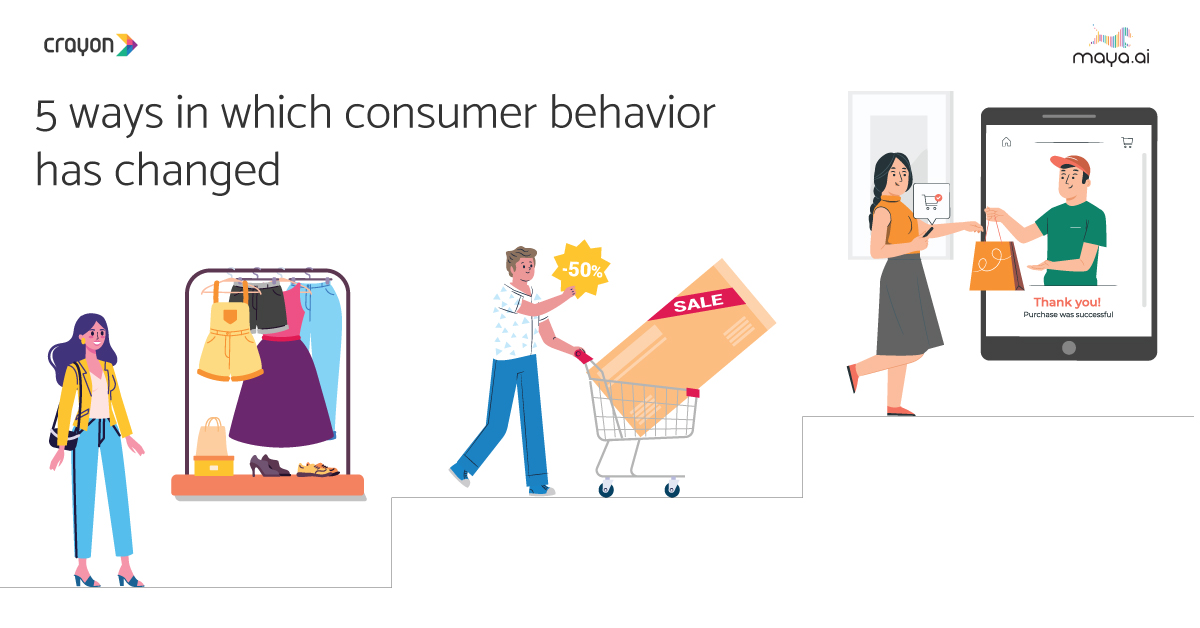Every self-help article about technical writing starts by telling readers to consider their audience. Even so, probably few report writers do.
In a statistical analysis, you usually start by considering the characteristics of the population about which you want to make inferences. Similarly, when you begin to write a report on an analysis, you usually start by considering the characteristics of the audience with which you want to communicate. You have to think about the who, what, why, where, when, and how of the key people who will be reading your report. Here are some things to consider about your audience.
Who
Audience is often defined by the role a reader plays relative to the report. Some readers will use the report to make decisions. Some will learn new information from the report. Others will critique the report in terms of what they already know. Thus, the audience for a statistical report is often defined as decision makers, stakeholders, reviewers, or generally interested individuals.
Some reports are read by only a single individual but most are read by many. All kinds of people may read your report. As a consequent, there can be primary, secondary, and even more levels of audience participation. This is problematical; you can’t please everyone. So in defining your audience, focus first on the most important people to receive your message and second on the largest group of people in the audience.
What
Once you define who you are targeting with your report, you should try to understand their characteristics. Perhaps the most important audience characteristic for a technical report writer is the audience’s understanding of both the subject matter of the report and the statistical techniques being described. You may not be able to do much about their subject matter knowledge but you can adjust how you present statistical information. For example, audiences a data analyst might encounter include:
- Mathphobes. Fear numbers but may listen to concepts. Don’t use any statistical jargon. Don’t show formulas. Use numbers sparingly. For example, substitute “about half” for any percentage around 50%. The extra precision won’t be important to a Mathphobe.
- Bypassers. Understand some but have little interest. Don’t worry about Bypassers, they won’t read past the summary. Be sure to make the summary pithy and highlight the most important finding otherwise they might key on something relatively inconsequential
- Tourists. Understand some and are interested. Be gentle. Use only essential jargon that you define clearly. Using numbers is fine just don’t use too many in a single table. Round off values so you’re not implying false precision. Stick with nothing more sophisticated than pie charts, bar graphs, and maybe an occasional scatter chart. Don’t use any formulas.
- Hot Dogs. Know less than they think and want to show it. Using jargon is fine so long as you define what you mean. Even a Hot Dog may learn something. In the same vein, using numbers, statistical graphics, and formulas is fine so long as you clearly explain their meanings. Hot Dogs may come to erroneous conclusions if not guided.
- Associates. Other analysts who understand the basic jargon. Anything is fine so long as you clearly explain what you mean.
- Peers. Other data analysts who understand all the jargon. Anything goes.
The audience characteristics provide guidance for report length and writing tone and style
Why
Are readers likely to be very interested in your report or just curious about it (if they have no interest, they won’t be readers)? Be honest with yourself. Why would anyone be interested in reading your report? What is the objective of the who you defined as your audience? What will they do with your findings? Will they get informed? Will they make a decision or take an action? Is this a big thing for them or just something they have to tune in to?
Where
Is the report aimed at a finite, confined group, like the organization the analysis was conducted for, or will anyone be able to read it? Is the report aimed at the upper levels of the organization or the rank-and-file (i.e., bottom up or top down)? Are there any concerns for security or confidentiality, either on the individual or organizational levels?
When
When does the population need to see your report? Who has to review the report and how long might they take before the report is released? How firm are the deadlines? How much time does this leave you to write the report? Will there be enough time to think through what you need to write? Will there be time to conduct additional analyses needed to fill in gaps in the report outline? Will you be outraged when the time taken to review your report is twice as long as the time you took to write it?
Here’s some advice you should take to heart. Never, never, never submit a draft report for review that isn’t your fully complete, edited, masterpiece. I tell myself to follow this rule with every report I write. Unfortunately, like most people, I don’t listen to what I say.
How
Finally, consider how the report should be presented so that the audience will get the most out of it. Here are five considerations:
Package. How will your writing be packaged (i.e., assembled into product for distribution)? Will it be a short letter report, a comprehensive report, a blog or an Internet article, a professional journal article, a white paper, or will your writing be included as part of another document?
Format. Will your report be distributed as an electronic file of as a paper document? If it will be an electronic document, will it be available on the Internet? Will it be editable? Will it be restricted somehow, such as with a password?
Appearance. Will the report be limited to black-and-white or will color be included? What will be the ratio of graphics to text? Will the report be conventional or glitzy, like a marketing brochure? Will there be 11”x17” foldout pages or oversized inserts like maps.
Specialty items. Will you need to provide some items apart from the report, such as electronic data files, analysis scripts or program codes, and outputs? Will you have to create a presentation from the contents of the report? Will your graphics be used for courtroom or public presentations?
Accessibility. Do you need to follow the guidelines of Section 508 of the Rehabilitation Act of 1973, which may affect your use of headings, tables, graphic objects, and special characters? Should you account for common forms of color blindness in your color graphics?
Take a Few Moments
You won’t have to address all of these details in evaluating your audience and many will only require a few moments of thought. But, if you think through these considerations, you’ll have a much better idea of who you are writing the report for and how you should write it.

























